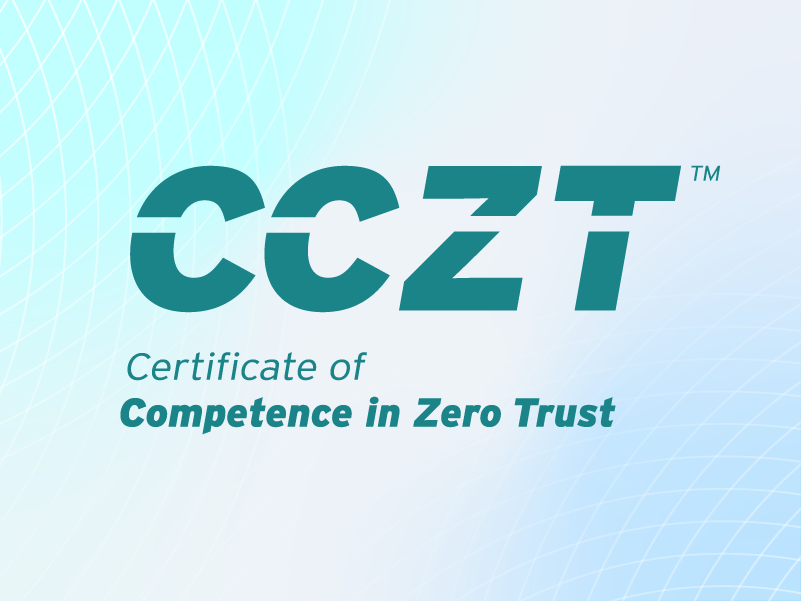From Aware to Actionable: Closing the Cloud Security Resilience Gap
Published 08/07/2025
At a period when cloud adoption is at an all-time high and the attack surface continues to expand, most organizations still have not turned cybersecurity awareness into action. According to PwC’s 2025 Global Digital Trust Insights, only 2% of businesses have implemented cyber resilience measures across all surveyed areas. And while 42% of executives cite cloud-related threats as their top concern, those same threats are the ones security leaders feel least prepared to defend against.
The takeaway is clear: awareness is growing, but preparedness—especially in cloud and SaaS environments—remains insufficient. Organizations must shift from reactive oversight to continuous, strategic posture management. This evolution hinges on real-time visibility, intelligent prioritization, and cross-functional accountability.
Risk Knowns vs. Resilience Unknowns
Most CISOs and cloud security teams don’t need convincing that misconfigurations, overprivileged access, and third-party SaaS integrations are major threat vectors. Yet many still struggle to build effective defense mechanisms against them.
The problem? Structural disconnects.
- Fewer than half of CISOs are involved in strategic planning, tech deployments, or board-level reporting.
- Many cloud security programs are built around snapshots – not continuous monitoring – and lack prioritization logic to separate signal from noise.
- Even where investments are increasing, the execution remains fragmented across siloed tools, disparate cloud accounts, and compliance blind spots.
The result is a growing list of known risks with no clear path to resolution. Organizations are aware of what’s broken but do not have the systems or visibility to fix it.
The Compliance Confidence Divide
PwC’s research highlights a critical disconnect: a 13% point confidence gap between CEOs and CISOs/CSOs on their ability to comply with new cyber regulations, particularly around AI, resilience, and cloud infrastructure. This divide is particularly risky in today’s fast-changing regulatory environment. New frameworks like DORA (Digital Operational Resilience Act), The EU Cyber Resilience Act, CIRCIA (Cyber Incident Reporting for Critical Infrastructure Act), and the AI Act – demand greater operational transparency, continuous monitoring, and rapid incident response — demands that outpace traditional, checklist-based approaches.
And yet:
- Security controls remain inconsistent
- Manual evidence collection slows audits
- Cloud services lack native support for emerging compliance needs
If this reality doesn’t reach the CEO, the organization risks underestimating its true exposure.
Where the Cloud Security Posture Breaks Down
Despite years of investment, most cloud-first organizations still struggle with:
- Configuration drift across multi-cloud and SaaS environments
- Shadow SaaS that bypasses security review
- Stale or excessive privileges that are left unchecked
- Lack of alignment between technical risk and business impact
Only 15% of companies say they measure the financial impact of cyber risk to a significant extent – meaning most leaders do not have the data to make informed investment decisions. Without a unified view across platforms and a clear understanding of which risks matter most, remediation often becomes reactive or misdirected. This is where posture breaks down: not in awareness, but in execution and prioritization.
What Needs to Change: A New Playbook for Cloud and SaaS Security
- According to PwC, cybersecurity must become a strategic business imperative—embedded into daily decision-making, and championed across the executive suite. This means:
- Shifting from event-based alerts to continuous posture management
- Mapping misconfigurations and control gaps to regulatory mandates and business impact
- Building cross-functional teams that include IT, compliance, and risk stakeholders
- Treating cyber resilience as an always-on discipline, not a quarterly initiative
This isn’t a small shift—it requires rethinking the architecture of cloud and SaaS security management. Manual processes, fragmented dashboards, and audit-driven workflows are no longer sustainable. Organizations need a consolidated view of risk across cloud infrastructure, SaaS applications, identity layers, and DNS providers.
Conclusion: From Vulnerable to Resilient
Cloud and SaaS risks are no longer hypothetical—they’re embedded in the daily operations of every digital business. Yet PwC’s findings confirm that while organizations understand where the risks lie, few are equipped to mitigate them at the speed and scale required.
Resilience demands more than awareness. It requires continuous, connected, and prioritized action—built around visibility, regulatory alignment, and business context.
The path forward is clear: treat posture management as a real-time business function. Make resilience measurable. And turn awareness into execution that actually moves the needle.
About the Author
Derek Hammack is a multi-disciplinary cybersecurity professional with a background spanning engineering, communications, analytics, and strategic leadership. With experience across government and private sectors—including work in cloud architecture, SaaS security, and cross-functional program management—he brings a systems-thinking approach to solving complex challenges. Derek is passionate about helping organizations stay ahead of evolving threats through proactive posture management and modern security solutions.

Related Resources



Unlock Cloud Security Insights
Subscribe to our newsletter for the latest expert trends and updates
Related Articles:
The Internet is a Single Point of Failure
Published: 11/21/2025
Implementing CCM: Threat & Vulnerability Management Controls
Published: 11/21/2025



.jpeg)

.jpeg)
.jpeg)